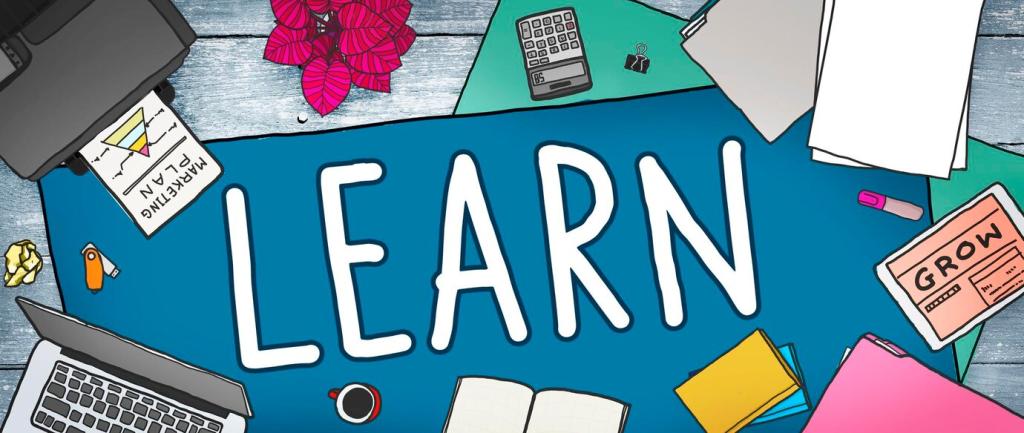Spark Learning with Microinteractions in Educational Web Design
Selected theme: Microinteractions in Educational Web Design. Explore how precise, human-centered details guide attention, reduce cognitive load, and nudge learners toward mastery. Stay with us, subscribe for future posts, and share your favorite microinteraction success stories.

The Power of Tiny Moments in Learning Interfaces
Every effective microinteraction starts with a clear trigger, follows simple rules, and ends with meaningful feedback. In educational interfaces, that loop gently teaches the learner what works, invites exploration, and builds trust over time. Subscribe to continue learning smarter patterns.

The Power of Tiny Moments in Learning Interfaces
A microinteraction only matters if it respects context: difficulty, learner pace, device, bandwidth, and accessibility settings. When context aligns, learners feel seen, supported, and eager to continue. Share a moment when context-aware feedback helped you understand faster than a long tutorial.



Accessibility-First Microinteractions
Focus States That Teach Location
A clear focus ring, logical tab order, and skip links help keyboard users understand where they are and what will happen next. These microinteractions reduce cognitive strain. Which focus style feels both unmistakable and elegant in your current learning product?
Motion With Meaning and Respect
Animations should communicate cause, effect, and spatial relationships, while honoring reduced motion preferences. Provide equivalent feedback when motion is minimized. Tell us how you balance expressive transitions with comfort for learners sensitive to movement or studying on older devices.
Screen Reader and Live Region Feedback
Announce changes with polite, concise messages in live regions so assistive technologies communicate progress without overload. Consistency builds predictability. If you use screen readers, which announcement patterns feel informative but never interrupt your learning flow?
Tactile Affordances and Instant Feedback
Responsive tap states, haptic ticks, and quick loading indicators reassure learners that actions registered correctly. Even a 150 millisecond vibration can reduce uncertainty. Would you enable subtle haptics in quizzes, or prefer purely visual confirmation for late-night studying?
Gesture Discoverability
Gestures need discoverable hints: micro coachmarks, ghost swipes, and contextual overlays make swipe to reveal hint feel obvious, not hidden. Do you prefer a one-time tutorial or a recurring, dismissible micro tip that appears only when needed?
Connectivity and Progress Resilience
Offline badges, sync spinners, and saved state toasts protect work during weak connections. These microinteractions reduce anxiety by confirming nothing will be lost. How should a learning app reassure you while commuting, without stealing attention from your current exercise?

Purposeful Gamification Without Empty Noise
A badge should represent demonstrated competence, such as explaining a concept, applying it, or teaching a peer. Microinteractions can preview progress requirements with clarity. What criteria would make a badge feel truly credible on your learning profile?



Case Story: A Quiz That Finally Clicked
The Struggle
A biology quiz saw high abandonment on question three. Learners hesitated, unsure whether attempts were counted and confused by vague error messages. Interviews revealed anxiety about losing progress and uncertainty around partial credit rules.
The Microinteraction Prototype
We added inline hint previews, clearer attempt counters, and a micro toast confirming progress saved after each submission. Error messages included specific guidance, not scolding. A gentle success shimmer marked correct steps, reinforcing momentum without noisy celebration.
What Changed
Abandonment fell, retries increased, and post-quiz reflections mentioned feeling supported rather than judged. Learners reported less dread approaching difficult items. Want the checklist we used to audit feedback states? Subscribe, and we will send a concise, practical version.
Systematize Microinteractions in Your Design Practice
Name tokens by function and intent, not aesthetics. feedback subtle success beats green light. Clear naming helps teams pick the right pattern quickly. How might better labels reduce rework and accelerate your design reviews this quarter?

